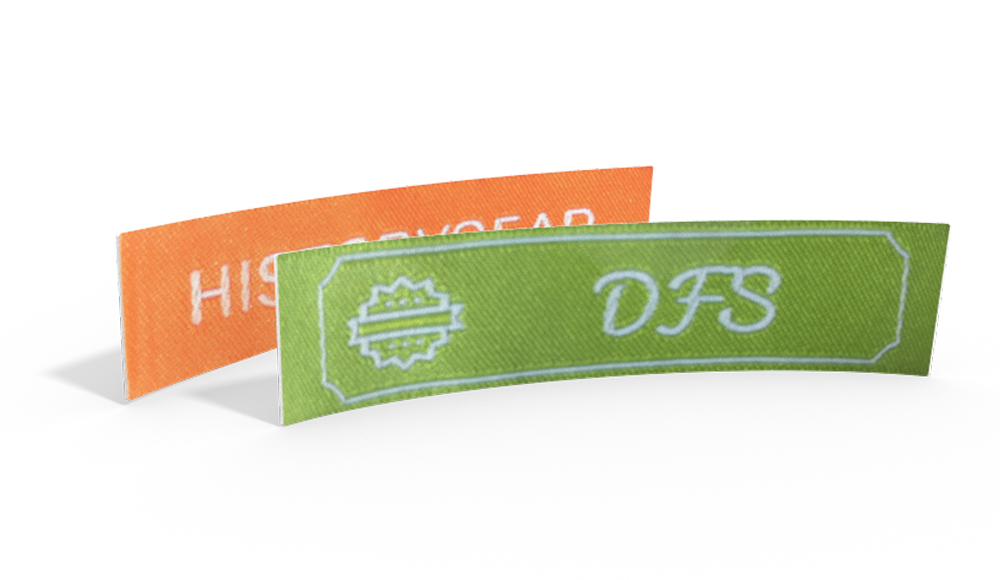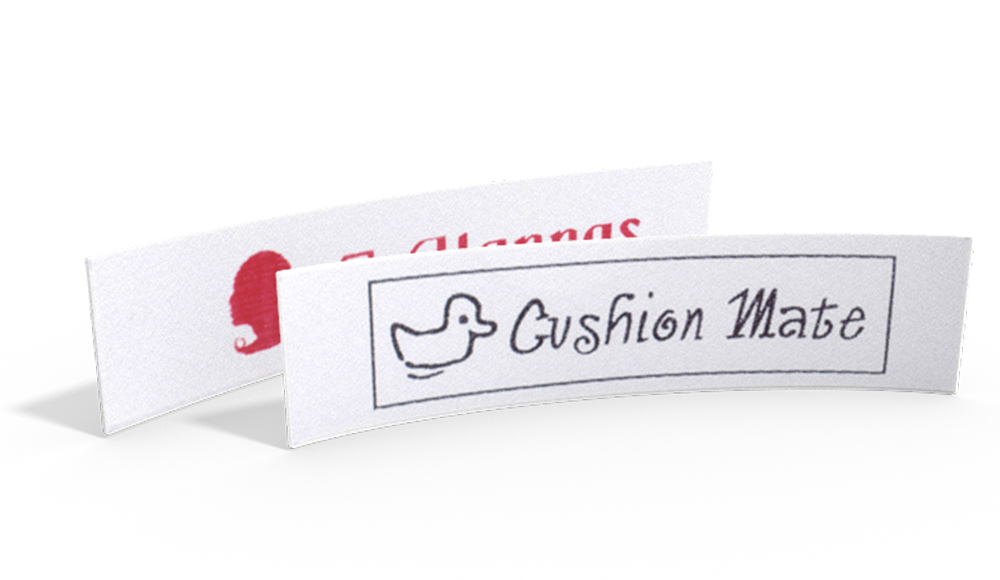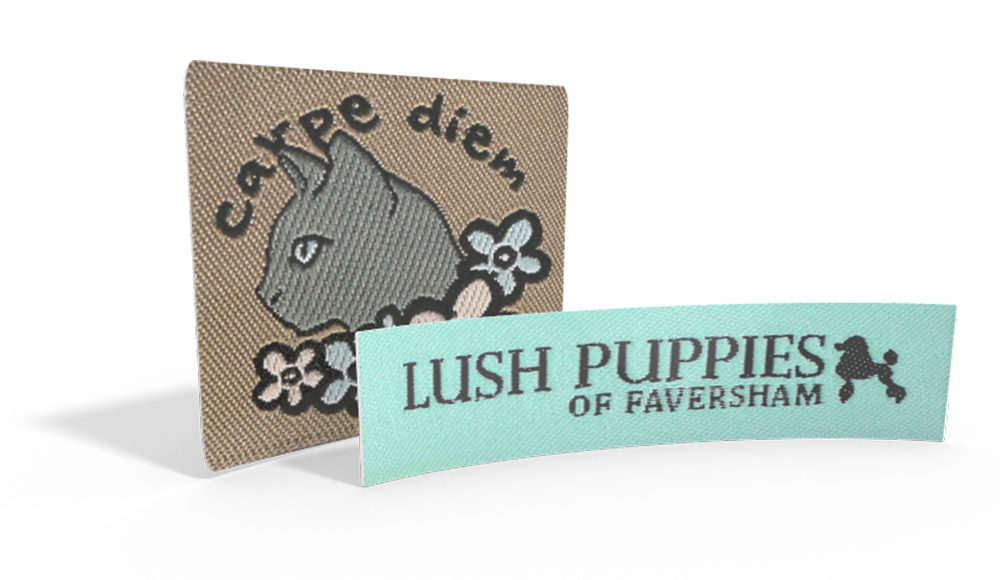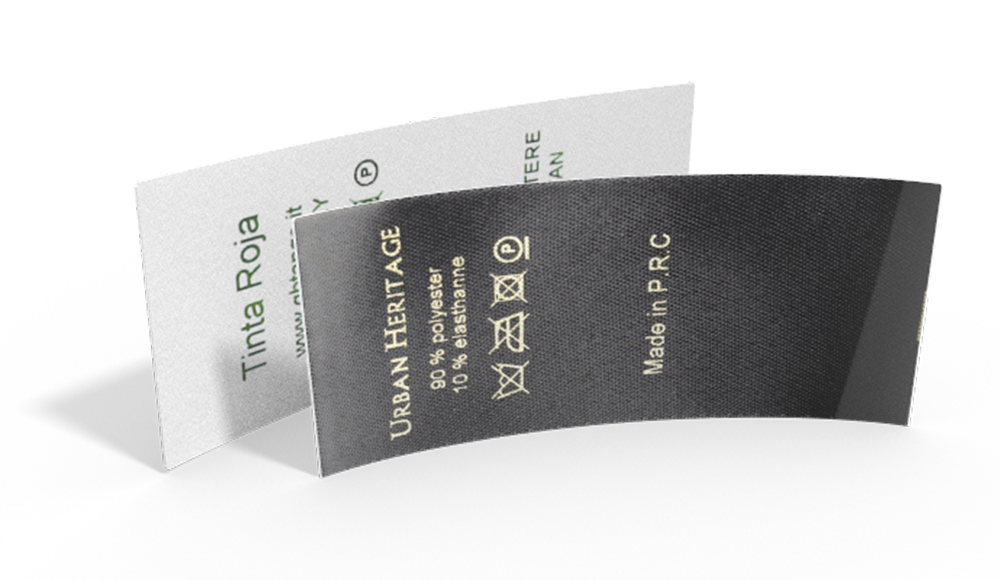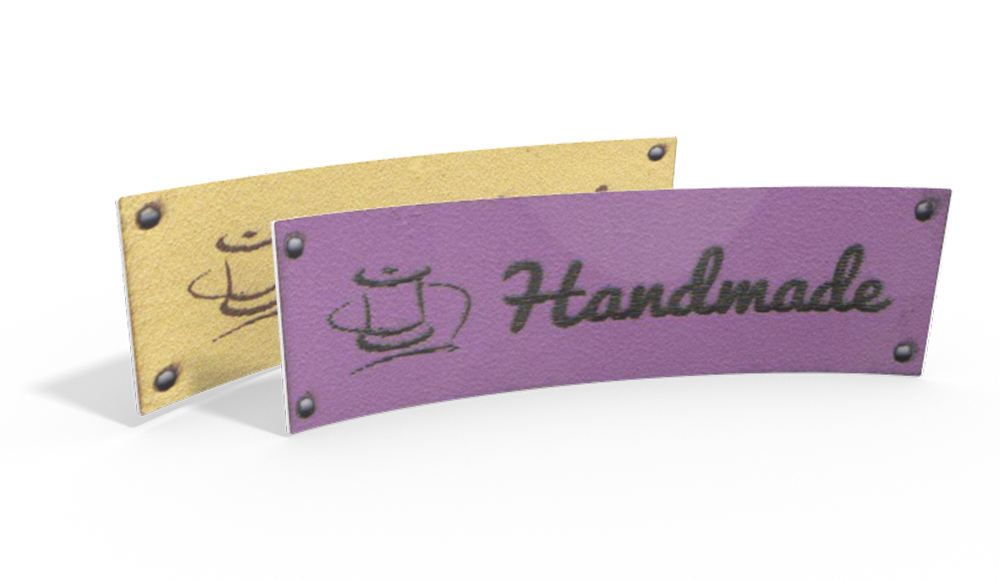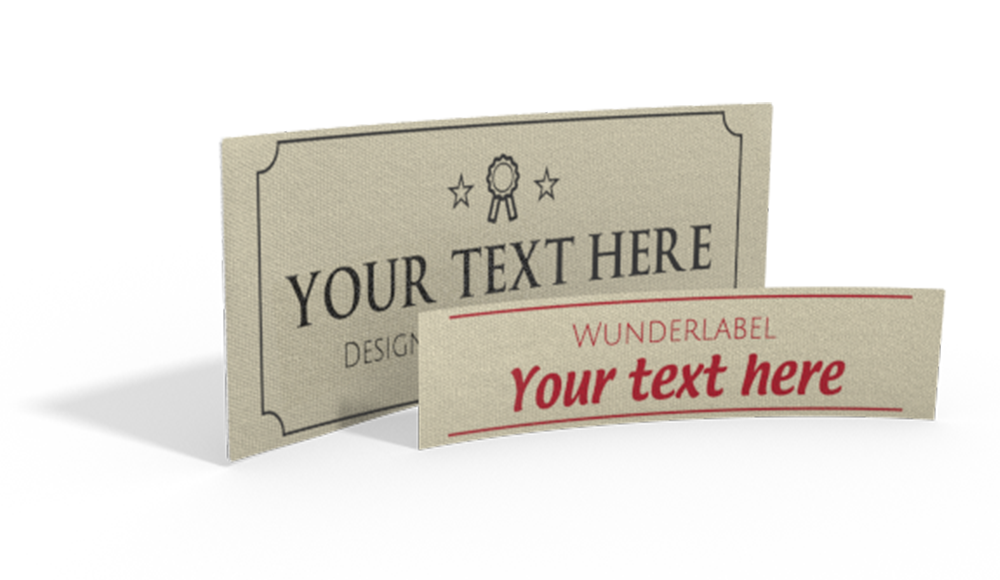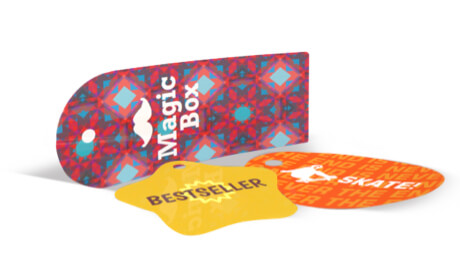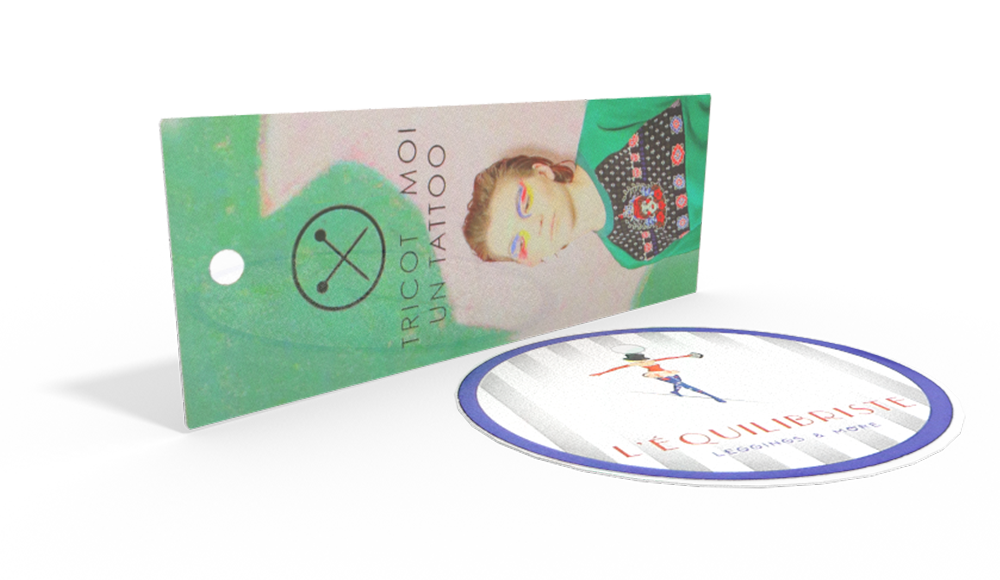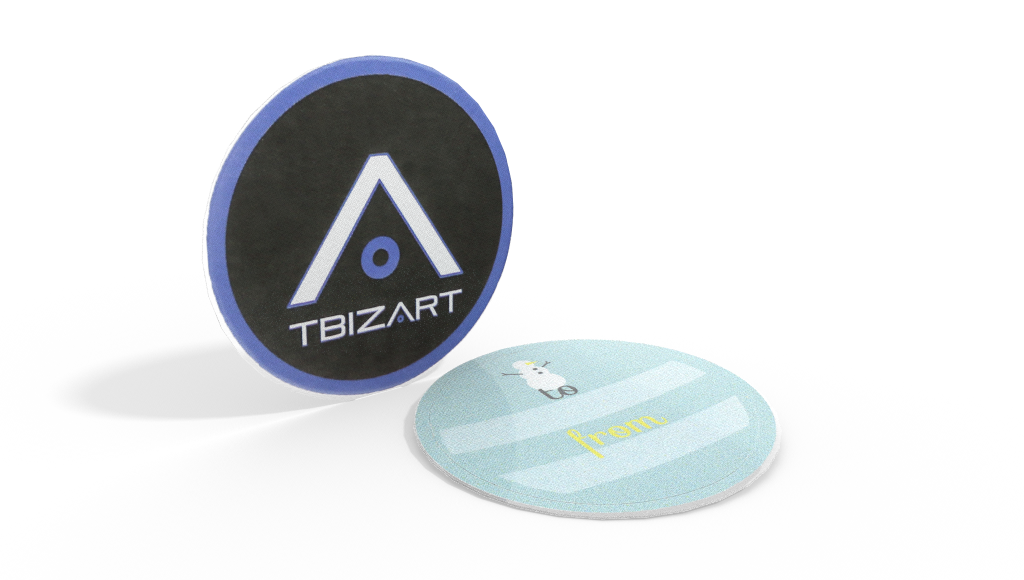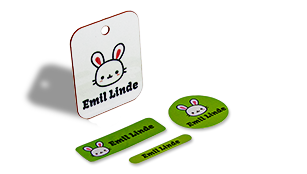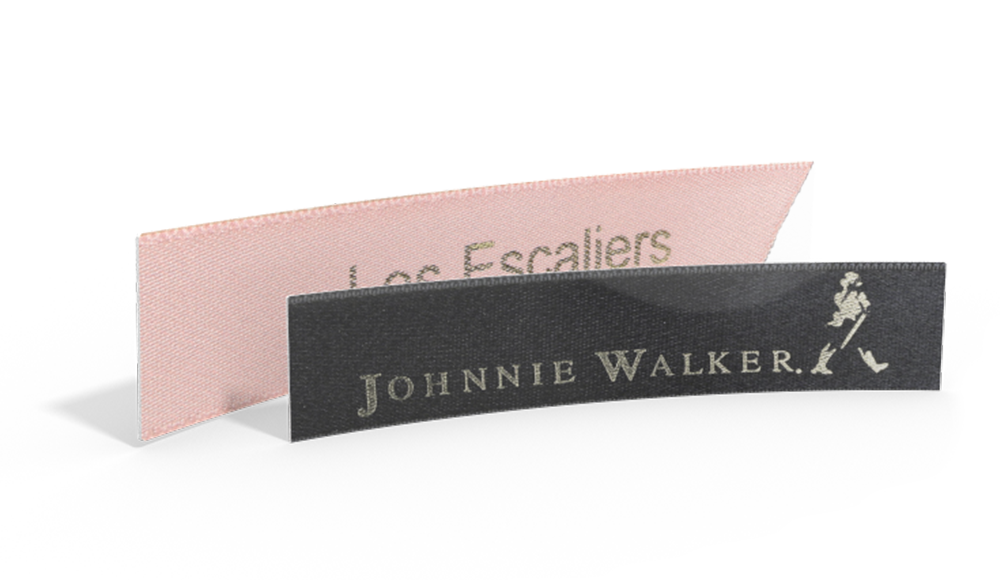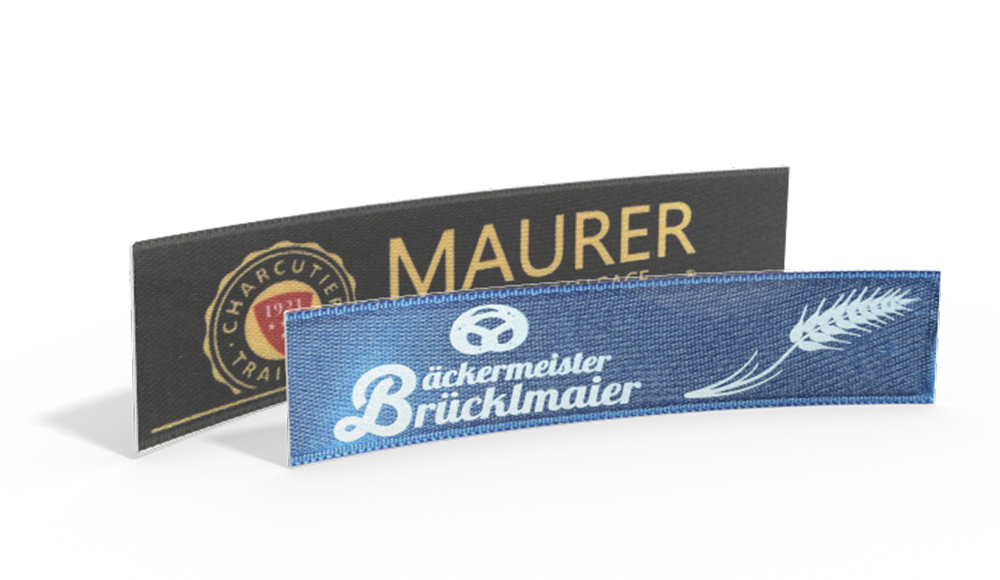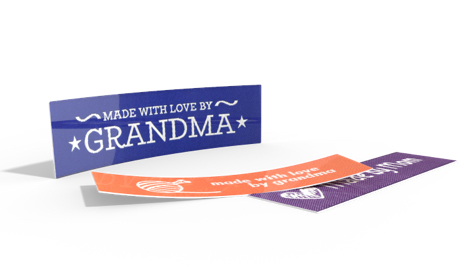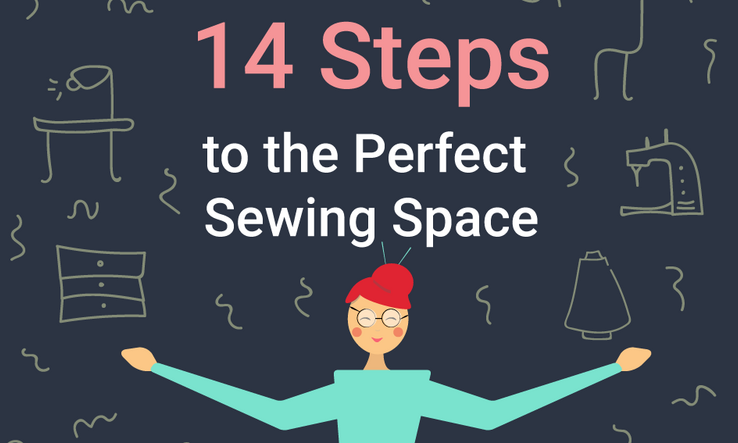
Whether you're a hobbyist or starting your own handmade business, having a space designed just for sewing makes the process easier and more fun! Check out these fourteen steps to setting up an ideal sewing space.
- Lighting
You need to be able to see your work clearly, as well as how colors match or contrast, so natural lighting is ideal. If your space doesn't have great light, choose work lights with bulbs designed to mimic daylight.
- Sewing table
Opt for a drop-in table, which uses a built-in compartment to keep your sewing machine's deck level with the tabletop. The lower height will spare your back.
- Supportive Chair
Make sure that when you're seated, your feet are flat on the floor with your back supported, and you can comfortably reach your machine. If you can't get your chair high enough and keep your feet on the floor, use a platform under your feet to keep the pedal close.
- Pressing Spot
Find a convenient place near your sewing station to set up your ironing board and iron. A nearby shelf is perfect for storing other tools you might need as you work.
- Cutting Table
Ideally, your cutting table surface can be marked in a grid to help with measuring and squaring up your fabrics. Make sure it's low enough to work at comfortably while standing.
- Dress Form
If you make garments, a dress form or tailor's dummy will make your life much easier. Opt for an adjustable version for maximum flexibility.
- Fabric Storage
If you have shelf space, fold and store fabrics flat so you can see what you have at a glance. If you need to store them under counters or in drawers, store the folded lengths on edge in a single layer.
- Thread Storage
For threads you use regularly, a spindle rack near your sewing machine keeps them in easy reach. Use a clear box to store specialty threads or seldom-used colors.
- Tool Storage
Avoid piling tools like scissors and rotary cutters in a drawer. Instead, hang them on a pegboard or use holsters on your sewing table to keep everything close at hand.
- Pattern Storage
A filing cabinet or file box is the perfect way to corral wayward pattern pieces. Store them in a plastic bag or large envelope, making sure to note the pattern number and size before filing.
- Scrap Containment
Keep trash cans near your sewing table, cutting table, and pressing station so that every loose thread you trim ends up in the bin and not on the floor.
- Idea Board
A bulletin board for sketches, inspiration images, fabric swatches, and time frames not only helps you visualize your projects in the works, it's also a fun decorative element that helps your sewing space feel more creative!
- Finished Project Storage
A closet or rack for clothes or neatly labeled bins for other items will keep your finished work neat and out of the way.
- Helpful Information File
Keep all your owner's manuals for your sewing machine, serger, iron, and any other tools you might have in one convenient location for easy access should you need to troubleshoot.

